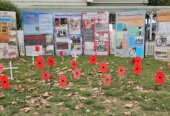Cambridge roads, cycleways and footpaths are under siege from cars, trucks, motorbikes, tables and chairs, billboards, horses, bicycles, walkers, prams, buggies, dogs on a lead, wheelchairs and scooters of all types – either foot propelled or motorised.
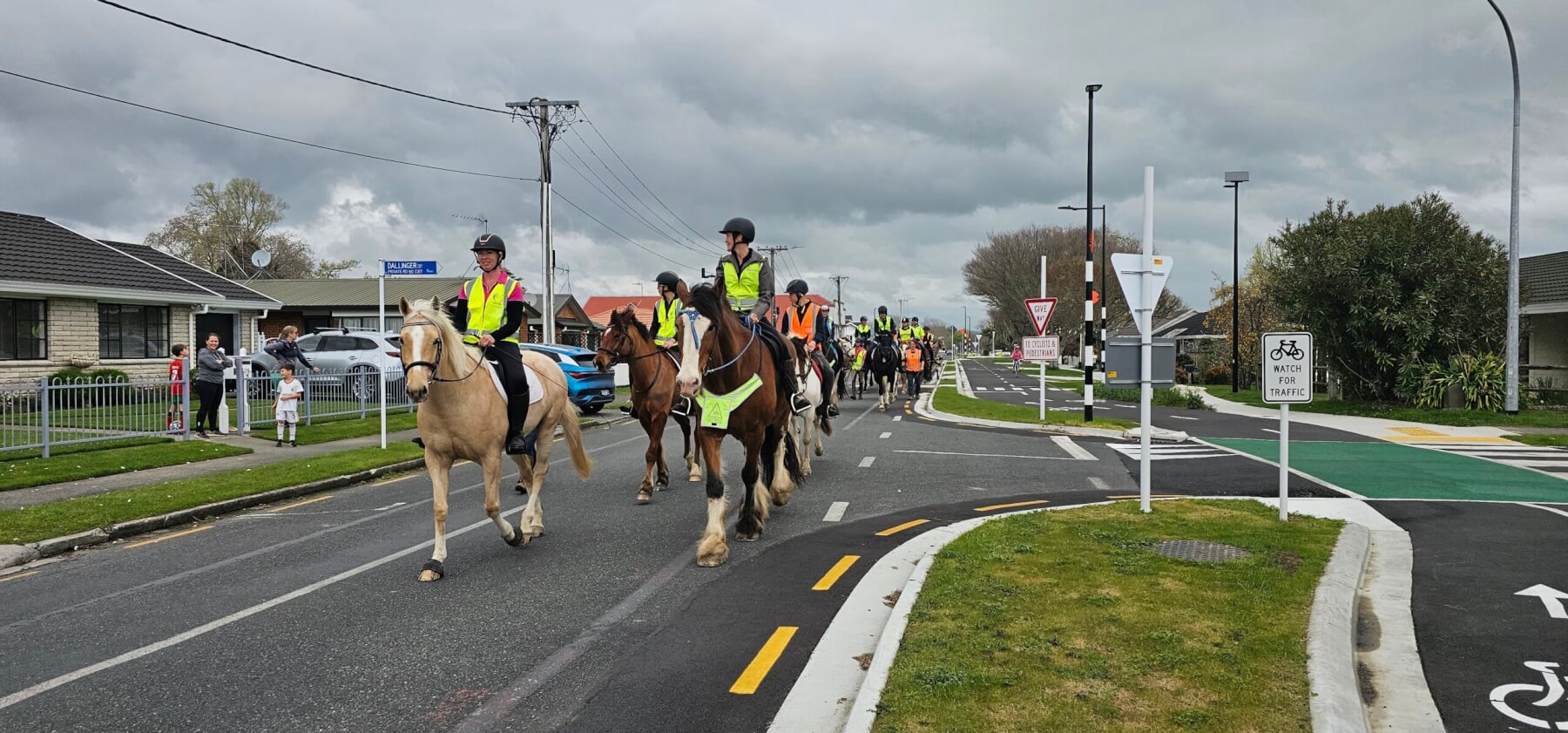
Riding along Bryce Street alongside the new cycleway which is off bounds for horses is Hope Spooner, front left, on Cassidy, her 5-year old crossbred mare. Photo: Mary Anne Gill.
On any given day you can see them all competing for space and somewhere in the middle of all those are our pedestrians.
Each has an opinion on the other’s right to space.
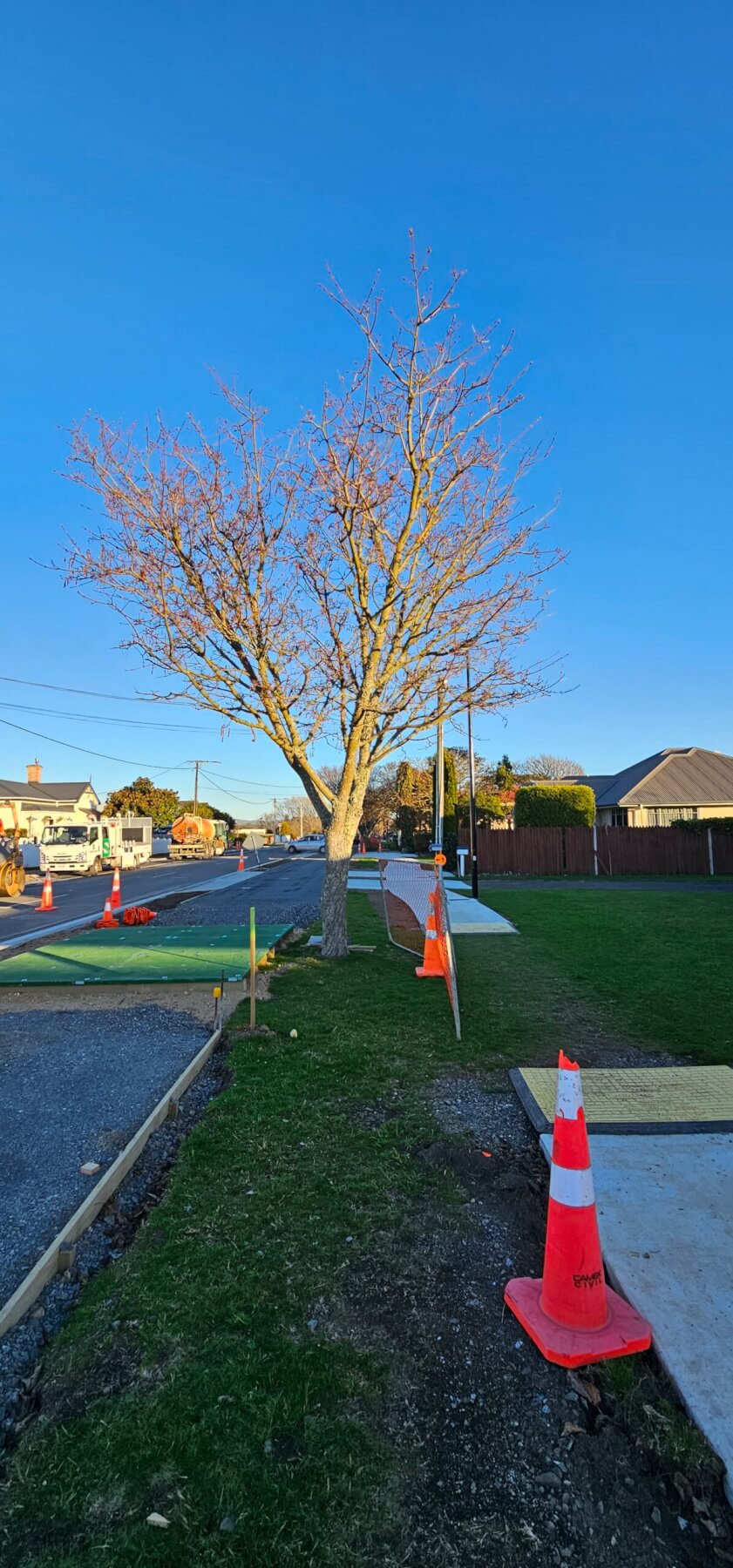
Building raised footpaths to protect trees has taken place in Bryce Street. Photo: Mary Anne Gill.
Car drivers have been known to wind the window down to abuse cyclists taking up too much of the road, cyclists often angrily ring their bells when something blocks their passage on the cycleways and pedestrians shout angrily at kids scooting in and around them at pace on bikes and scooters.
The problem seems to be one of entitlement – who has first dibs on the footpath for example?
The word itself gives us a clue, it means a type of thoroughfare intended for pedestrian use and not cars, bicycles and horses.
But footpaths have morphed into cycleways and shared spaces, defined as paths to be used by pedestrians, cyclists, mobility devices and wheeled recreational devices. Add the name ‘multi-use’ before path and it can also include horse riders.
There is no set order from a hierarchal point of view unless signage specifically spells it out – for example “bicycles only” signs as appears in Hamilton Road and Bryce Street.
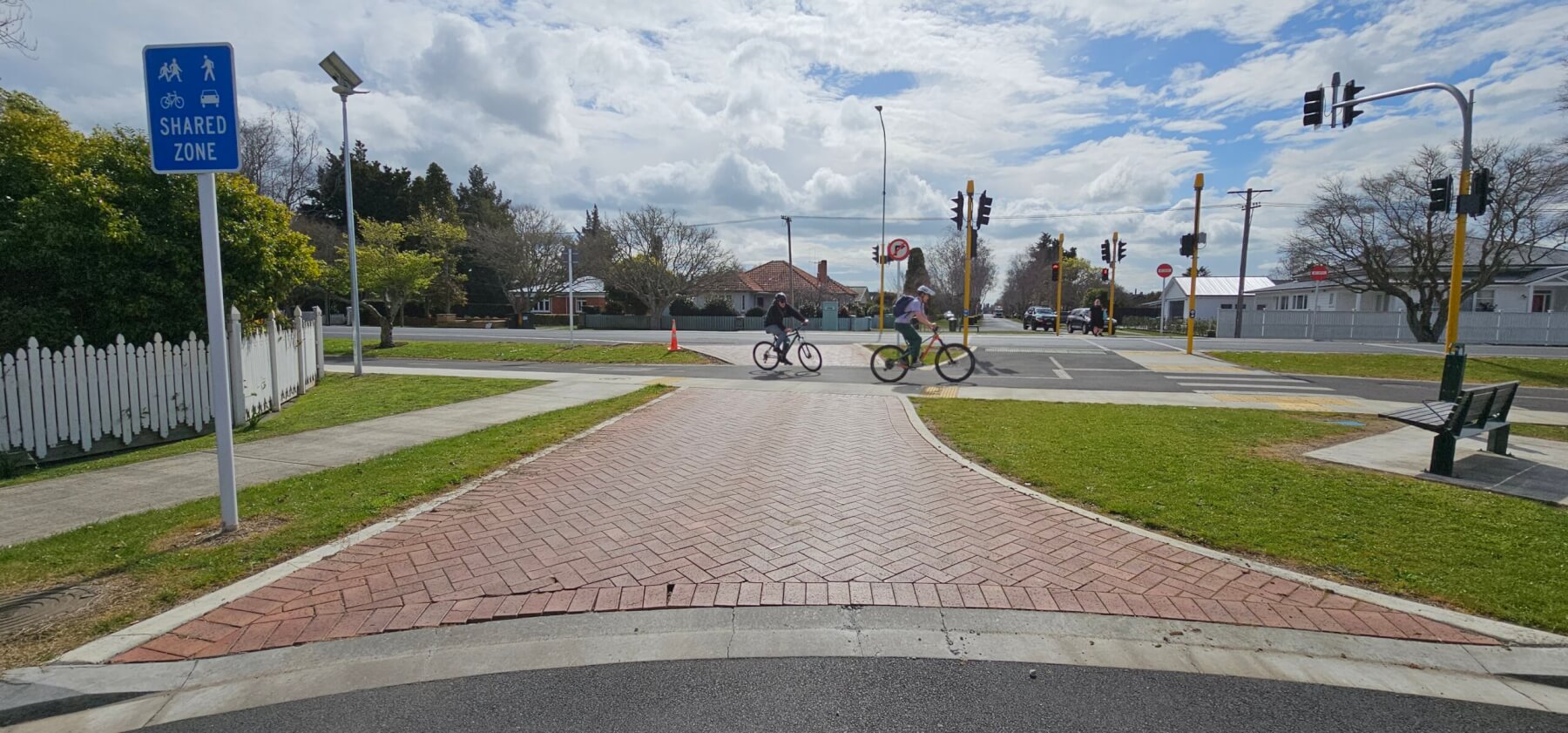
The shared zone at the intersection of Grey Street and Hamilton Road Cycleway has now been closed in and is a cul-de-sac.
Cyclists should not expect to see pedestrians and push chairs on them, but there often are.
Those in our community who say no one ever uses the cycleways – despite Waipā counters saying otherwise – argue that is a good reason pedestrians can use them.
Conflict between users is common in our community caused by speed, lack of space and – in the case of young children on bikes, or teenagers on scooters – unpredictability.
The expectation is we should respect each other on these new-fangled paths. But some users simply don’t bother, don’t care or don’t know what the R word means on the paths and that conflict is quickly coming to a head.
Little wonder so many of our young, ageing and disabled population fear walking on footpaths, shared paths, multi-use paths or whatever term our road engineers have now produced.

Tania Cochrane called the $1.6 million Hamilton Road Cycleway project a disaster. Photo: Mary Anne Gill
While we see the benefit of shared paths and cycleways and applaud the council and New Zealand Transport Agency for championing them, the rights of non-pedestrian users should not have come at the expense of pedestrians, and I fear that tipping balance might have occurred in Cambridge.
While our engineers grapple with those competing users, I believe there is still a place for the humble pedestrian-only footpath so those vulnerable people in our society can feel safe.
In the meanwhile, can we all just calm down and respect each other on our roads, footpaths, shared spaces and cycleways in 2025?
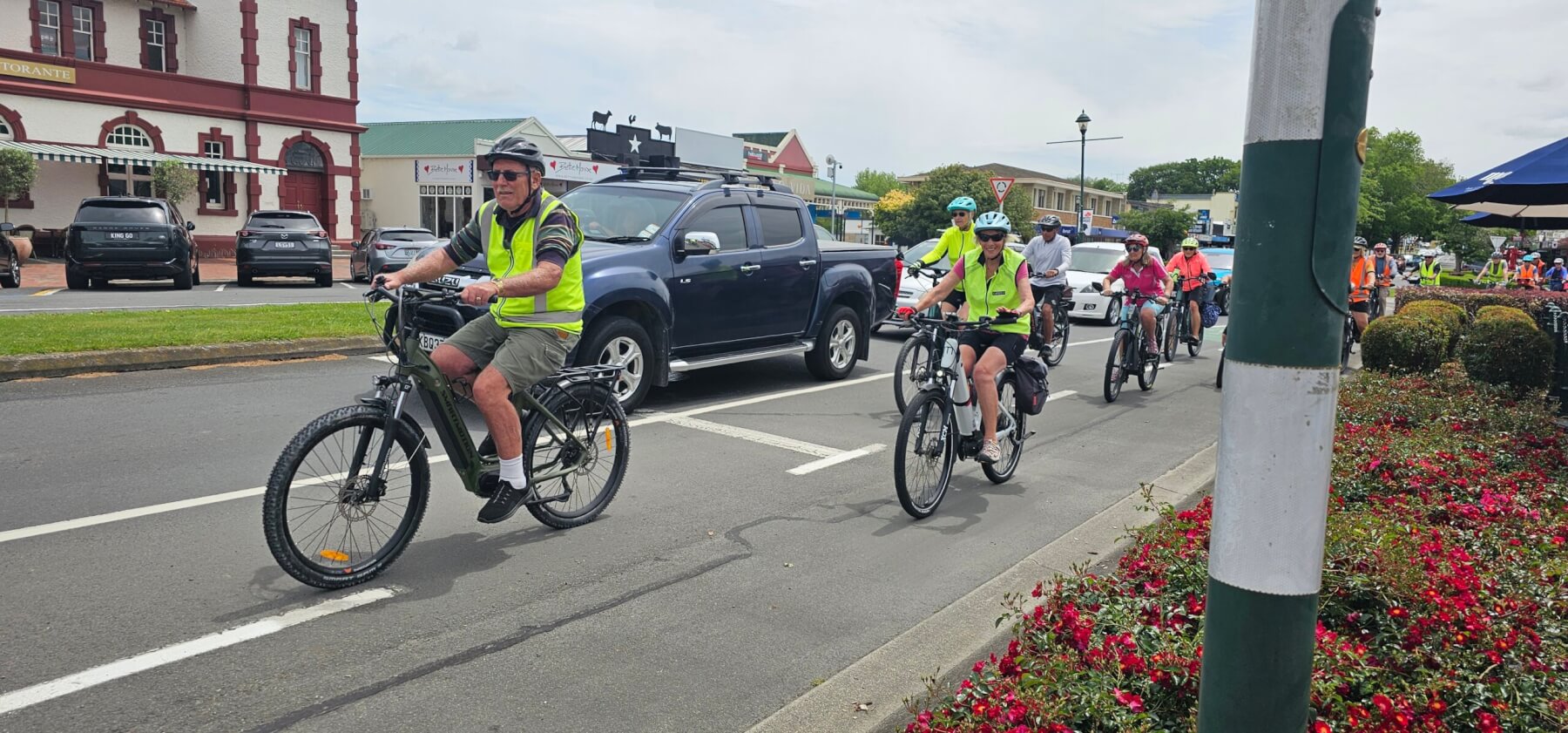
Cyclists in Cambridge








